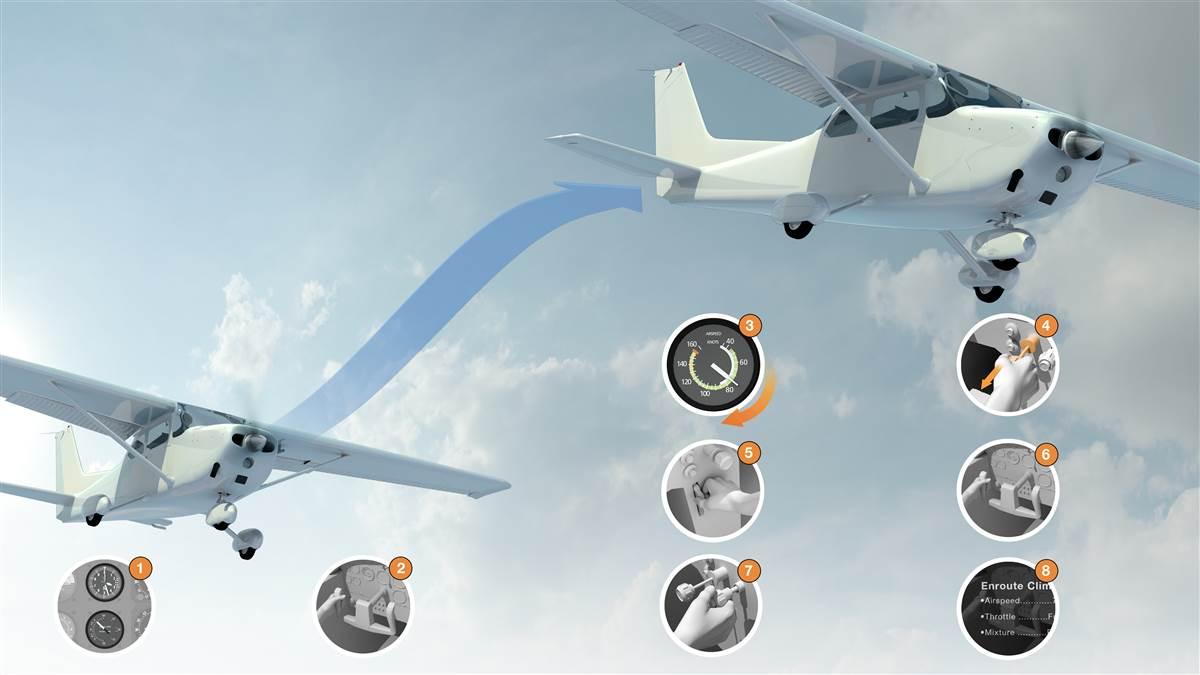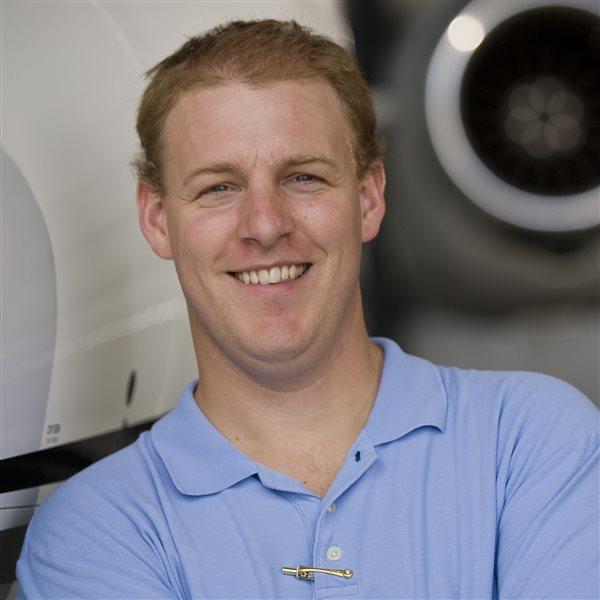
Your parents were right: There is value in doing the right thing, no matter how insignificant it might seem. The transition from climb to cruise flight is a perfect example. You could just push hard on the yoke, yank back the power, and consider the job done. But there is a better way to do it. Subtle as it may seem, the examiner—and other pilots—will notice your leveling-off technique, and they will judge you if it’s sloppy. Any technique might get you to the same result, but there’s a right way to do it.
Choosing a power setting
Most training airplanes are basic enough in operation that you could choose pretty much any power setting between 2,000 rpm and the tachometer’s redline. A Piper or Cessna is most happy between 2,200 and 2,400 rpm. When transitioning to more complex airplanes, make sure to get instruction on appropriate power settings and their impact on performance. Airplanes with bigger engines require that much more attention be paid to engine management. Whatever the airplane, you will choose a power setting by making a tradeoff between speed and fuel burn.Steps
1. Plan ahead
The time to start to leveling off is not when you reach the assigned altitude. A good rule of thumb is to begin at 10 percent of the climb rate. So if you’re climbing at 500 feet per minute, begin leveling off 50 feet before reaching your final altitude.
2. Push gently
This is a finesse maneuver. Push forward on the yoke gently, and with increasing pressure. Once you reach the altitude, hold it with even more forward pressure.
3. Build airspeed
As your speed increases, the airplane will want to climb. Continue to build speed and hold altitude manually by referencing the cowling to the horizon.
4. Reduce power
After the rpm has increased (on an airplane with a fixed-pitch propeller) and the speed has increased, you can reduce power. As you do, the required amount of forward pressure will decrease.
5. Trim
It’s only at this point that you should reach for the trim wheel. Start with a big adjustment to relieve control pressures, then refine with small adjustments for hands-off flight.
6. Fly with the yoke
A common problem is when pilots try to refine the trim by using only the trim wheel. Always get the airplane level with the yoke before making trim adjustments. In other words, don’t chase aircraft attitude by adjusting the trim.
7. Lean
Now is the time to lean the mixture, per the aircraft handbook. Trim again if necessary.
8. Verify
Pull out the checklist and make sure you’ve completed all the steps for cruise flight.



